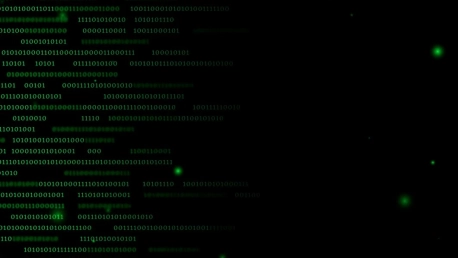Sure, here is the formatted content with the appropriate header tags:R, originally a statistical computing language, has expanded well beyond its initial scope. Today, its array of packages enables it to handle a wide variety of data tasks such as image and audio processing, natural language understanding, web data extraction, and geographic data analysis. R’s evolution into a versatile tool has made it an essential resource for data professionals operating in various fields, who rely on it to solve complex data-driven challenges. No longer just for statistical analyses, R is now a multipurpose environment capable of addressing a range of data-centric tasks.
Image Processing with R
Utilizing packages like ‘imager’ and ‘EBImage’, R provides extensive capabilities for image manipulation and analysis. Coupled with the powerful ‘ggplot2’ package for data visualization, R becomes a formidable tool for advanced graphical representation and analysis of image data.
Practical Applications of R in Image Processing
R’s sophisticated image processing features are employed in fields like medical imaging, quality control in manufacturing, and feature extraction for machine learning, demonstrating its power to provide comprehensive visual data analysis within the R ecosystem.
Natural Language Processing (NLP) in R
With packages such as ‘tm’, ‘quanteda’, and ‘text2vec’, R is a significant player in NLP and text mining. These packages facilitate sentiment analysis, topic modeling, and text classification, cementing R’s reputation as a valuable tool for extracting patterns from vast, unstructured text datasets.
Text Data Handling and Analysis
R streamlines text data processing with efficient methods for feature extraction and cleaning, helping users transform raw text into structured, analyzable data. This functionality is critical in areas such as market research and social media monitoring.
Web Scraping Using R
Packages like ‘rvest’, ‘httr’, and ‘xml2’ enable R users to efficiently scrape web data. These tools simplify the collection and organization of information from the web, showcasing R’s ability to meet modern data collection and analysis demands.
Applications in Market and Social Trend Analysis
Through web scraping capabilities, R enhances market analysis, competitive research, and social trend tracking by providing a methodology for collecting diverse web-based data.
Geographic Information Systems (GIS) with R
R supports GIS with packages like ‘sf’, ‘raster’, and ‘leaflet’, enabling sophisticated spatial analysis within the R framework, traditionally found in specialized GIS software.
Spatial Analysis and Environmental Applications
These tools are vital in spatial epidemiology, demographic analysis, and environmental science, proving R’s ability to integrate GIS functionality with its extensive statistical toolbox.
Audio Analysis and Music in R
Expanding into the auditory domain, R offers tools such as ‘seewave’ and ‘tuneR’ for audio and music analysis. This capability allows for sound classification, exploration of musical compositions, and assessment of environmental or animal sounds.
Bridging Data Science and Acoustics
R’s foray into audio analysis provides innovative opportunities for those in the fields of musicology and audio engineering, demonstrating its potential to connect quantitative research with the arts.









